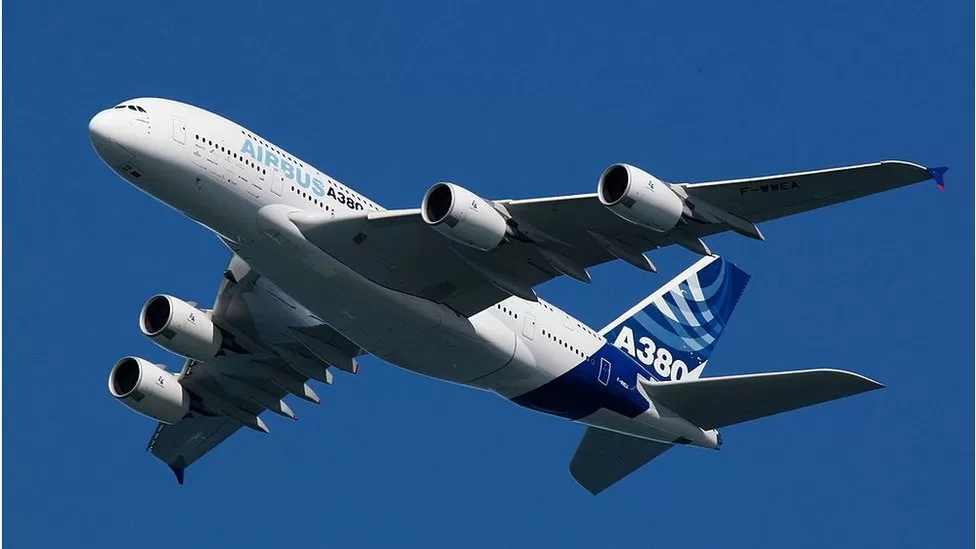Saudi Arabia’s A380 Private Jet Plans: A Vanished Dream
Saudi Arabia’s aspirations to create the world’s most luxurious private jet using the Airbus A380 captured global attention and imagination. Initially revealed as a bold statement of wealth and innovation, the kingdom’s plans promised to transform the aviation landscape with unmatched opulence in the skies. However, as time unfolded, the ambitious project encountered challenges that ultimately led to its quiet demise. This article delves into the rise and fall of Saudi Arabia’s A380 private jet dream.
Saudi Arabia’s Ambitious A380 Jet Plans Unveiled

In the early 2010s, Saudi Arabia set its sights on redefining luxury travel with an unprecedented plan to convert an Airbus A380 into an exquisite private jet. Dubbed the “Flying Palace,” the vision was to create an airborne oasis of luxury, featuring amenities that surpassed any existing private aircraft. The project was a representation of the kingdom’s wealth and its desire to showcase technological and design prowess on a global stage. The A380, with its massive size and capacity, was the perfect canvas for such an ambitious project.
The design plans for the private A380 were nothing short of extraordinary. Proposals included multiple bedrooms, a grand dining area, a fully equipped spa, and even a concert hall. The interior design was set to incorporate opulent materials and state-of-the-art technology, ensuring that the jet would serve as a symbol of ultimate luxury and sophistication. The project attracted significant attention from the global aviation community, luxury designers, and affluent potential buyers, eager to see how this dream would materialize from concept to reality.
Saudi Arabia’s vision for the A380 private jet also reflected its broader ambitions to diversify its economy and invest in sectors beyond oil. The project was seen as part of a larger strategy to position the kingdom as a leader in luxury and innovation, attracting investment and tourism. By embarking on this endeavor, Saudi Arabia aimed to enhance its global image and influence, showcasing its capability to undertake and execute large-scale, cutting-edge projects.
Private Jet Dream Fades: A380 Vision Vanishes

Despite the initial excitement, the grand vision for the A380 private jet faced several setbacks over the years. Economic fluctuations, shifts in geopolitical dynamics, and evolving aviation trends played significant roles in stalling the project. As the global market leaned towards more environmentally friendly and cost-effective solutions, the justification for investing in a massive luxury jet became increasingly difficult. The A380 itself, while technologically impressive, faced dwindling demand, and production challenges further complicated Saudi Arabia’s extravagant plans.
The changing landscape of the global aviation industry marked another obstacle. Airlines worldwide began phasing out larger aircraft like the A380 in favor of more fuel-efficient models, casting doubt on the viability of converting such a massive aircraft into a private jet. Furthermore, the high operating costs associated with the A380 made it less attractive for private use, especially as the world became more conscious of sustainability and carbon footprints.
Ultimately, these factors led to the quiet abandonment of Saudi Arabia’s A380 private jet project. While the dream of a “Flying Palace” once symbolized the zenith of luxury aviation, practical realities rendered the endeavor unfeasible. The gradual disappearance of the project from public discourse marked an end to what could have been a remarkable chapter in aviation history, leaving behind only the remnants of a grand vision that never took flight.
The story of Saudi Arabia’s A380 private jet plans serves as a poignant reminder of the challenges that accompany ambitious dreams, especially in a rapidly evolving world. While the vision of the “Flying Palace” has faded, the project’s legacy endures as an example of the intersection between luxury, innovation, and practicality. As Saudi Arabia continues to explore new avenues for growth and diversification, the lessons learned from this venture will undoubtedly inform future endeavors.



